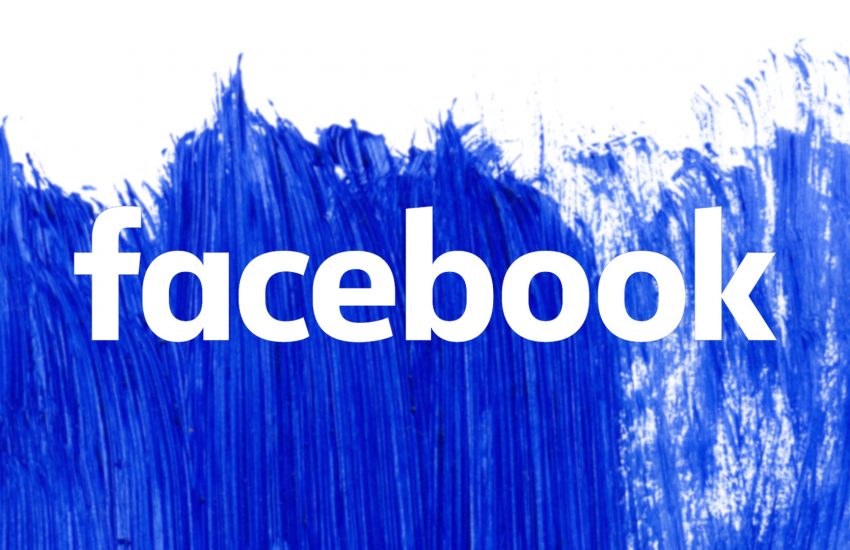
Facebook’s iAd-like Canvas ads can be as labor-intensive as they are immersive. The social network unveiled the creative kitchen sink of an ad format in September 2015. Since then, brands have had to manually create each individual Canvas ad on Facebook’s desktop site — uploading the photos and videos, typing out the text and links, placing each element on each page and so on. Now, Facebook is automating that production process.
On Monday, Facebook debuted a way for brands to create Canvas ads through third-party software tools that use its Marketing API. As a result, through these tools a marketer will be able to select photos, videos, text, and even product sets from an already uploaded catalog and reuse already created Canvas ads.
Companies like Smartly.io are using the new Canvas API so that marketers can create modular templates that can be automatically customized. As a result, advertisers can swap out individual elements for new campaigns or different versions of a single campaign, rather than starting over each time with a clean canvas.
For example, a retailer may be able to create a master Canvas template for a spring fashion campaign that pulls in different products based on what’s popular or available at specific brick-and-mortar stores and include store locators specific to those locations. Previously, the retailer would have had to manually (and tediously) pick and replace the products and locations. Now, the retailer will be able to have a software program handle that work.
About The Author

